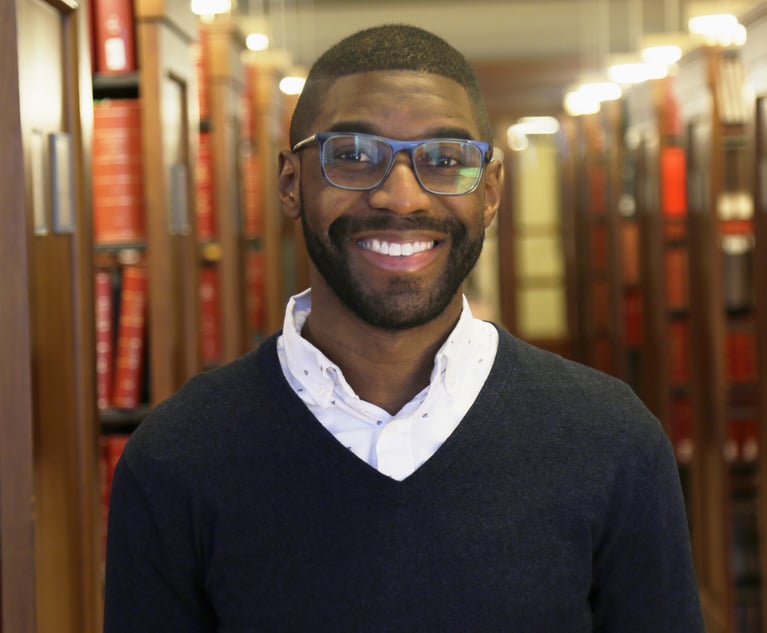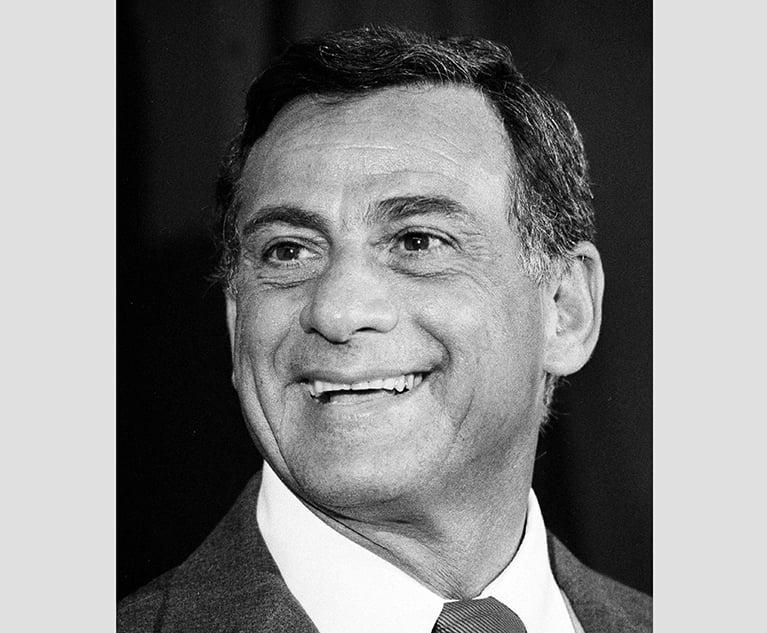The Washington Post report on January 6 informs us that First Amendment considerations allegedly dissuaded the Justice Department and the FBI from taking vigorous action when confronted with calls for violent and unlawful acts over social media in the run up to the insurrection. (Washington Post Report, The Attack, “Red Flags” chapter at text accompanying n.4.) The first amendment is also invoked as a defense by the attorneys for Trump and those who incited violence on January 6. (E.g., “Trump’s defense claims Jan. 6 speech linked to Capitol attack is protected by First Amendment,” Associated Press, quoting among others remarks by Trump attorney Michael van der Veen in Senate impeachment hearing; Defendant Giuliani’s Motion to Dismiss Amended Complaint, Hon. Bernie Thompson v. Trump, Case 1:21-cv-00400-APM (D. Columbia May 26, 2001).) But it stands the First amendment and principles of free speech on their heads to suggest that they provide protection for incendiary falsehoods such as fraudulent claims about election results and pleas to seize power by any means necessary. In the free-for-all environment of new media desperate for audiences, we must be particularly vigilant about the unbridled spreading of incendiary falsehoods.
It is not and never has been the law that anyone can, without consequence, engage in any act that may be deemed expressive at any time, in any place or in any circumstances. “Falsely shouting fire in a public theater and causing a panic” is not speech protected by the First Amendment, wrote Justice Holmes over a 100 years ago in a celebrated, if often misquoted, passage. Schenck v. United States, 249 U.S. 47, (1919). (Holmes never said that the theater need be crowded.) This formulation was recast in a later Supreme Court opinion at the time of the Vietnam war protests (Brandenburg v. Ohio, 395 U.S. 444 (1969) heavily relied on by the Trump defenders in the Senate impeachment) to tolerate advocacy of possible strategies involving use of force and law violations—but even in Brandenburg with a huge exception: In the court’s words, the First Amendment affords no protection “when such advocacy is directed to inciting or producing imminent lawless behavior and is likely to incite or produce such action.” (Id.)


 Photo: Orhan Cam via Shutterstock
Photo: Orhan Cam via Shutterstock




